How to Look for Quality Gold Plating on Jewelry
When shopping for jewelry, it's important to know how to identify quality gold plating. Gold plated jewelry offers an affordable alternative to solid gold pieces, but not all gold plating is created equal. In this article, we will discuss how to look for quality gold plating on jewelry, including understanding different types of gold plating, identifying signs of poor plating, and tips for buying gold plated jewelry.
Key Takeaways
- Understand the different types of gold plating available
- Examine the base metal for quality
- Check the thickness of the gold layer
- Assess the quality of the gold used
- Verify the durability of the plating
Understanding Gold Plating
What is Gold Plating?
Gold plating is a process where a thin layer of gold is applied to the surface of a base metal. This layer of gold can vary in thickness, but it is typically very thin, ranging from 0.5 to 5 microns. The base metal, which is usually made of copper or brass, provides the structure and support for the gold layer. Gold plating is commonly used in jewelry to give it a luxurious and expensive appearance without the high cost of solid gold.
Why Choose Gold Plated Jewelry?
Gold plated jewelry offers a great alternative to solid gold pieces. It allows you to enjoy the luxurious look of gold at a more affordable price. With gold plating, a thin layer of gold is applied to a base metal, giving the jewelry a beautiful gold finish. This process creates a stunning piece that can elevate any outfit. Whether you're looking for a statement necklace or a delicate bracelet, gold plated jewelry offers a wide range of styles to choose from.
Different Types of Gold Plating
When it comes to gold plating, there are different types available to choose from. Each type has its own unique characteristics and advantages. Here are some of the most common types of gold plating:
-
Flash Gold Plating: This type of plating is a thin layer of gold applied to the surface of the base metal. It provides a bright and shiny appearance but may wear off more quickly compared to other types.
-
Vermeil: Vermeil is a type of gold plating that uses sterling silver as the base metal. It typically has a thicker layer of gold compared to flash gold plating, making it more durable.
-
Gold Filled: Gold filled jewelry has a thicker layer of gold compared to gold plating. It is created by bonding a layer of gold to a base metal using heat and pressure. This type of plating is known for its durability and resistance to tarnishing.
-
Gold Overlay: Gold overlay is similar to gold filled jewelry, but it has a thinner layer of gold. It is created by mechanically bonding a layer of gold to a base metal.
When choosing gold plated jewelry, it's important to consider the type of plating used as it can affect the durability and appearance of the piece.
Identifying Quality Gold Plating
Examining the Base Metal
When examining the base metal of gold plated jewelry, it is important to look for a high-quality material that will provide a strong foundation for the plating. Durability is key, as a weak base metal can cause the gold plating to chip or peel easily. Additionally, consider the composition of the base metal. Some common base metals used in gold plating include brass, copper, and stainless steel. Each metal has its own unique properties and can affect the overall quality and appearance of the gold plating. It is recommended to choose a base metal that is compatible with your skin type and desired level of durability.
To ensure the base metal is of good quality, you can perform a few simple tests. First, check for any signs of corrosion or tarnishing on the surface of the metal. This can indicate a lower quality base metal that may not hold up well over time. Additionally, examine the weight and feel of the jewelry. A heavier piece may suggest a higher quality base metal, while a lightweight piece may indicate a lower quality material.
In summary, when examining the base metal of gold plated jewelry, consider the durability and composition of the material. Perform simple tests to check for signs of corrosion or tarnishing, and pay attention to the weight and feel of the jewelry. By choosing a high-quality base metal, you can ensure that the gold plating will have a strong foundation and last longer.
Checking the Thickness of the Gold Layer
When examining the thickness of the gold layer on a piece of jewelry, there are a few key factors to consider:
-
Use a caliper or micrometer to measure the thickness of the gold layer. A thicker layer of gold generally indicates higher quality plating.
-
Look for any inconsistencies in the thickness of the gold layer. Uneven or patchy plating may be a sign of poor quality.
-
Consider the base metal underneath the gold layer. A high-quality base metal, such as sterling silver or stainless steel, can enhance the durability and longevity of the gold plating.
-
Keep in mind that the thickness of the gold layer can affect the overall appearance and durability of the jewelry. Thicker plating tends to be more resistant to wear and tear.
Remember, the thickness of the gold layer is an important factor to consider when assessing the quality of gold plated jewelry.
Assessing the Quality of the Gold Used
When assessing the quality of the gold used in gold plating, there are a few key factors to consider:
-
Purity: The higher the purity of the gold, the better the quality of the plating. Look for gold that is at least 14 karats or higher.
-
Thickness: The thickness of the gold layer is an important indicator of quality. A thicker layer of gold will be more durable and less likely to wear off.
-
Adhesion: The adhesion of the gold to the base metal is crucial for long-lasting plating. Make sure the gold is properly bonded to the base metal to prevent peeling or chipping.
-
Finishing: The finishing of the gold plating should be smooth and even. Check for any rough spots or inconsistencies in the plating.
Remember, the quality of the gold used in the plating will directly affect the durability and longevity of the jewelry.
Verifying the Durability of the Plating
When it comes to verifying the durability of gold plating on jewelry, there are a few key factors to consider:
-
Adhesion: The adhesion of the gold layer to the base metal is crucial for long-lasting plating. Look for any signs of peeling or chipping, as these indicate poor adhesion.
-
Scratch Resistance: A high-quality gold plating should be resistant to scratches. Gently run your fingernail over the surface to check for any marks or damage.
-
Tarnish Resistance: Gold plating should also be resistant to tarnishing. If you notice any discoloration or dullness, it may be a sign of poor quality plating.
-
Maintenance: Proper care and maintenance can significantly extend the lifespan of gold plating. Follow the manufacturer's instructions for cleaning and storing the jewelry to ensure its durability.
Remember, investing in jewelry with durable gold plating will ensure that it retains its beauty and luster for years to come.
Recognizing Signs of Poor Gold Plating
Fading or Discoloration
Fading or discoloration is a common issue with gold plated jewelry. Over time, the gold layer may start to fade or change color, revealing the base metal underneath. This can happen due to factors like exposure to chemicals, sweat, or friction. To minimize the risk of fading or discoloration, it is important to take proper care of your gold plated jewelry. Avoid wearing it while swimming, showering, or engaging in activities that may cause excessive sweating. Additionally, store your jewelry in a cool and dry place, away from direct sunlight. Regularly clean your gold plated jewelry using a soft cloth or mild soap to remove any dirt or oils that may contribute to fading or discoloration.
Peeling or Chipping
Peeling or chipping of the gold plating is a clear indication of poor quality. When the gold layer starts to peel or chip off, it exposes the base metal underneath, giving the jewelry an unsightly appearance. This can happen due to low-quality adhesion of the gold layer to the base metal or inadequate thickness of the gold layer. It is important to carefully inspect the jewelry for any signs of peeling or chipping before making a purchase.
To avoid buying jewelry with poor gold plating, here are some tips:
- Research the brand or seller to ensure they have a reputation for quality products.
- Read customer reviews to get an idea of the experiences of others who have purchased from the brand or seller.
- Ask about the plating process used, including the materials and techniques employed.
- Consider the price of the jewelry. While it is possible to find affordable gold plated jewelry, excessively low prices may indicate subpar quality.
Remember, investing in high-quality gold plated jewelry will ensure that it retains its beauty and durability for a long time.
Allergic Reactions
Allergic reactions to gold plated jewelry are relatively rare, but they can occur in some individuals. If you have a known allergy to certain metals, it's important to be cautious when wearing gold plated jewelry. Nickel is a common metal used in the base layer of gold plated jewelry, and it is a known allergen for many people. If you have a nickel allergy, it's best to avoid gold plated jewelry that contains nickel. Instead, look for jewelry that is labeled as nickel-free or made with hypoallergenic materials. It's also a good idea to test a small area of your skin with the jewelry before wearing it for an extended period of time to check for any allergic reactions.
Tarnishing
Tarnishing is one of the common signs of poor gold plating. Over time, the gold layer may start to tarnish, resulting in a dull or discolored appearance. Tarnishing occurs when the outer layer of gold reacts with elements in the environment, such as moisture or chemicals. It is important to note that all gold-plated jewelry will eventually tarnish, but high-quality gold plating will resist tarnishing for a longer period.
To minimize tarnishing, it is recommended to store gold-plated jewelry in a dry and air-tight container when not in use. Additionally, avoiding contact with harsh chemicals, perfumes, and lotions can help prolong the lifespan of the gold plating.
If you notice significant tarnishing on your gold-plated jewelry, it may be an indication of poor quality plating or a thin gold layer. In such cases, it is advisable to seek professional re-plating or consider purchasing jewelry with a higher gold thickness to ensure long-lasting beauty and durability.
Tips for Buying Gold Plated Jewelry
Research the Brand or Seller
When researching the brand or seller of gold plated jewelry, it is important to consider their reputation and customer reviews. Look for brands or sellers that have a history of providing high-quality products and excellent customer service. Additionally, check if they offer any warranties or guarantees for their gold plating. This can give you peace of mind knowing that the brand or seller stands behind the quality of their products. Remember, a reputable brand or seller is more likely to provide gold plated jewelry that meets your expectations and lasts longer.
Read Customer Reviews
When buying gold plated jewelry, it's important to take the time to read customer reviews. Reviews provide valuable insights into the quality and durability of the plating. Look for reviews that mention the longevity of the gold plating, how well it holds up over time, and any issues customers may have encountered. Pay attention to reviews from verified buyers as they are more likely to provide honest feedback. Additionally, consider the overall rating of the product and the number of reviews it has received. This will give you a better understanding of the general satisfaction level among customers.
Ask About the Plating Process
When purchasing gold plated jewelry, it is important to ask about the plating process. Understanding how the jewelry is plated can give you insight into its quality and durability. Some important questions to ask include:
- What type of gold is used for the plating?
- How thick is the gold layer?
- What is the base metal used?
By asking these questions, you can ensure that you are getting a high-quality piece of gold plated jewelry that will last. Remember, the plating process plays a crucial role in the overall quality of the jewelry.
Consider the Price
When considering the price of gold plated jewelry, it's important to keep in mind that the cost can vary depending on several factors. Some of these factors include the quality of the base metal, the thickness of the gold layer, and the overall craftsmanship of the piece. It's also worth noting that the price may be influenced by the brand or seller, as well as any additional features or embellishments.
To ensure you're getting the best value for your money, it's recommended to research the average prices for gold plated jewelry and compare them across different brands and sellers. This will give you a better understanding of what to expect in terms of pricing and help you make an informed decision.
Additionally, it's important to consider your own budget and personal preferences when determining how much you're willing to spend on gold plated jewelry. While higher prices may indicate better quality, it's not always necessary to splurge on expensive pieces. Ultimately, finding a balance between price and quality is key.
Conclusion
In conclusion, when looking for quality gold plating on jewelry, it is important to consider several factors. First, research the reputation of the jeweler or brand to ensure they have a track record of using high-quality materials and techniques. Second, examine the thickness of the gold plating to ensure it is durable and long-lasting. Finally, consider the maintenance required for the jewelry to keep the gold plating looking its best. By taking these steps, you can ensure that you are getting a piece of jewelry with quality gold plating that will stand the test of time.
Frequently Asked Questions
How long does gold plating last?
The lifespan of gold plating can vary depending on factors such as the thickness of the gold layer, the quality of the base metal, and how the jewelry is cared for. Generally, gold plating can last for several months to a few years with proper maintenance.
Can gold plated jewelry tarnish?
Yes, gold plated jewelry can tarnish over time. The base metal can react with moisture, chemicals, and oils from the skin, causing the gold plating to lose its shine and develop a dull or discolored appearance. Regular cleaning and proper storage can help prevent tarnishing.
Can I wear gold plated jewelry in water?
It is generally recommended to avoid wearing gold plated jewelry in water, as exposure to moisture can accelerate tarnishing and potentially damage the plating. It is best to remove gold plated jewelry before swimming, showering, or engaging in activities that involve water.
Can I get gold plated jewelry wet?
While it is best to avoid exposing gold plated jewelry to water, occasional contact with water may not immediately damage the plating. However, prolonged or frequent exposure to water can increase the risk of tarnishing and reduce the lifespan of the gold plating.
Can gold plated jewelry be repaired or re-plated?
In some cases, gold plated jewelry can be repaired or re-plated. However, the feasibility and cost of repair or re-plating depend on factors such as the condition of the jewelry, the availability of replacement parts, and the expertise of the jeweler. It is recommended to consult a professional jeweler for assessment and advice.
Is gold plated jewelry hypoallergenic?
Gold plated jewelry may not be hypoallergenic, as the base metal used in the jewelry can cause allergic reactions in some individuals. If you have sensitive skin or known allergies to certain metals, it is advisable to opt for hypoallergenic or solid gold jewelry to minimize the risk of irritation.
Best Sellers














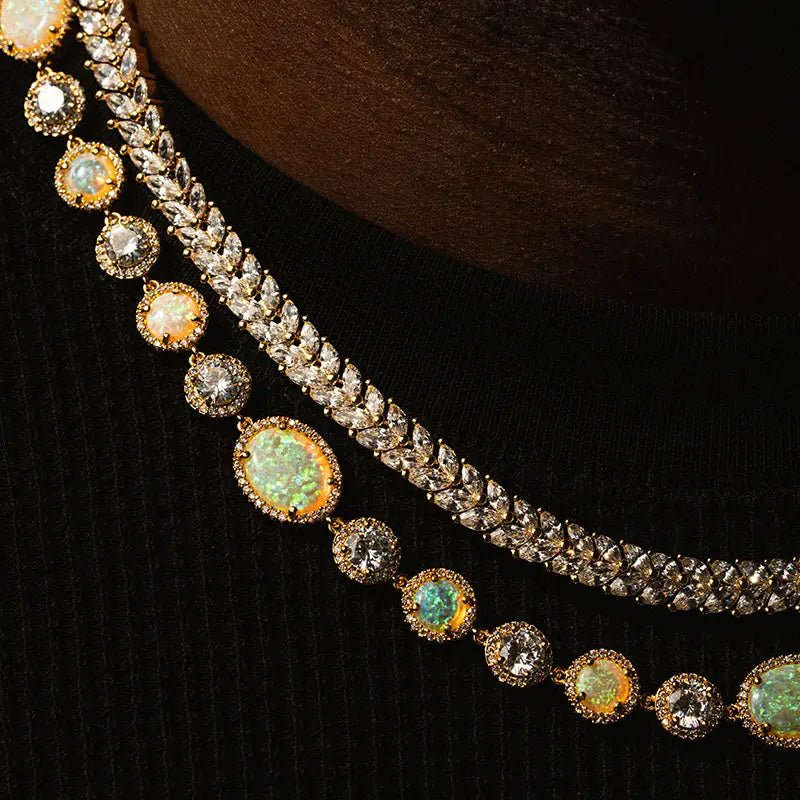
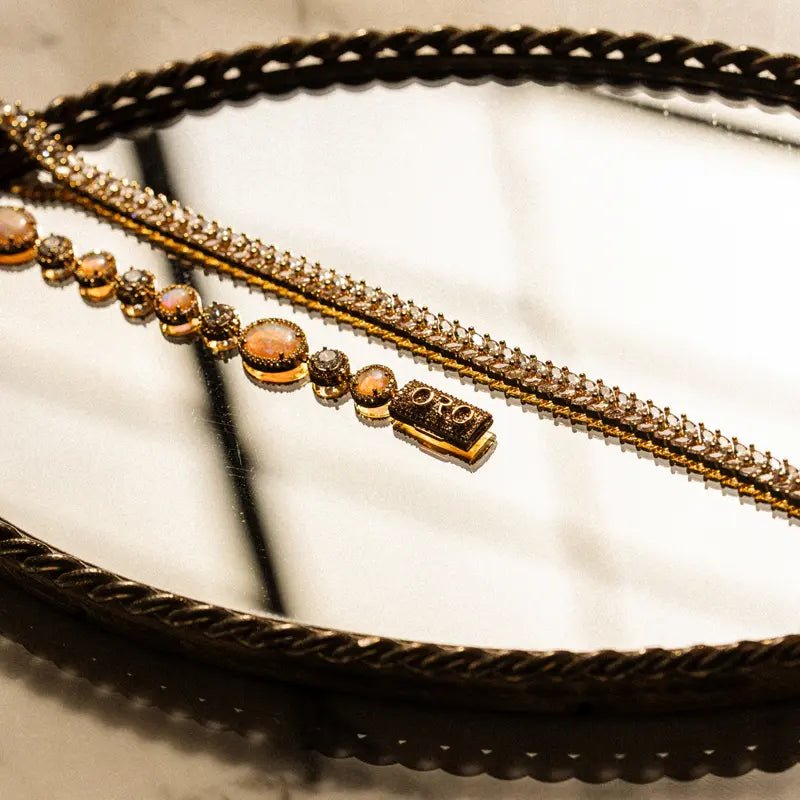





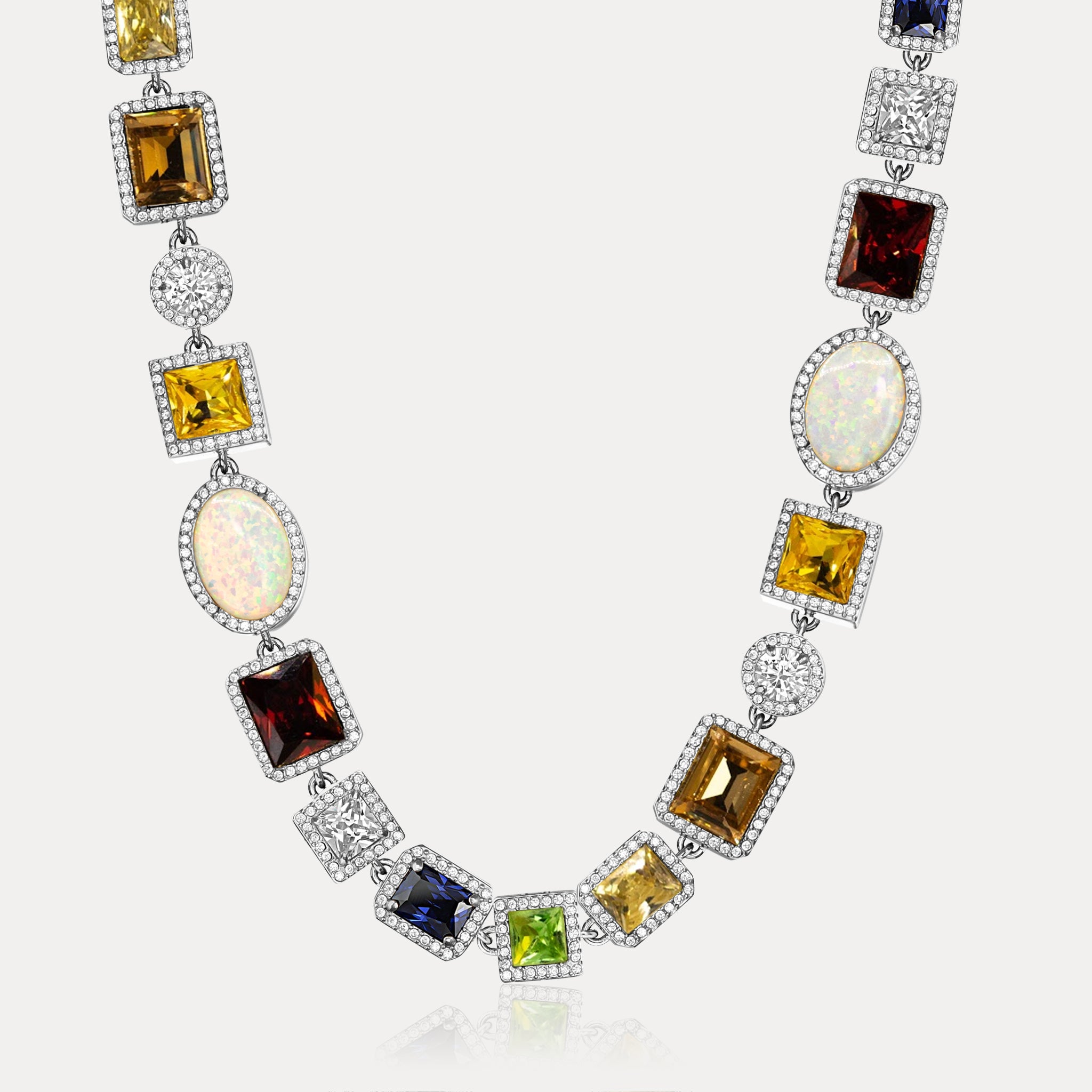
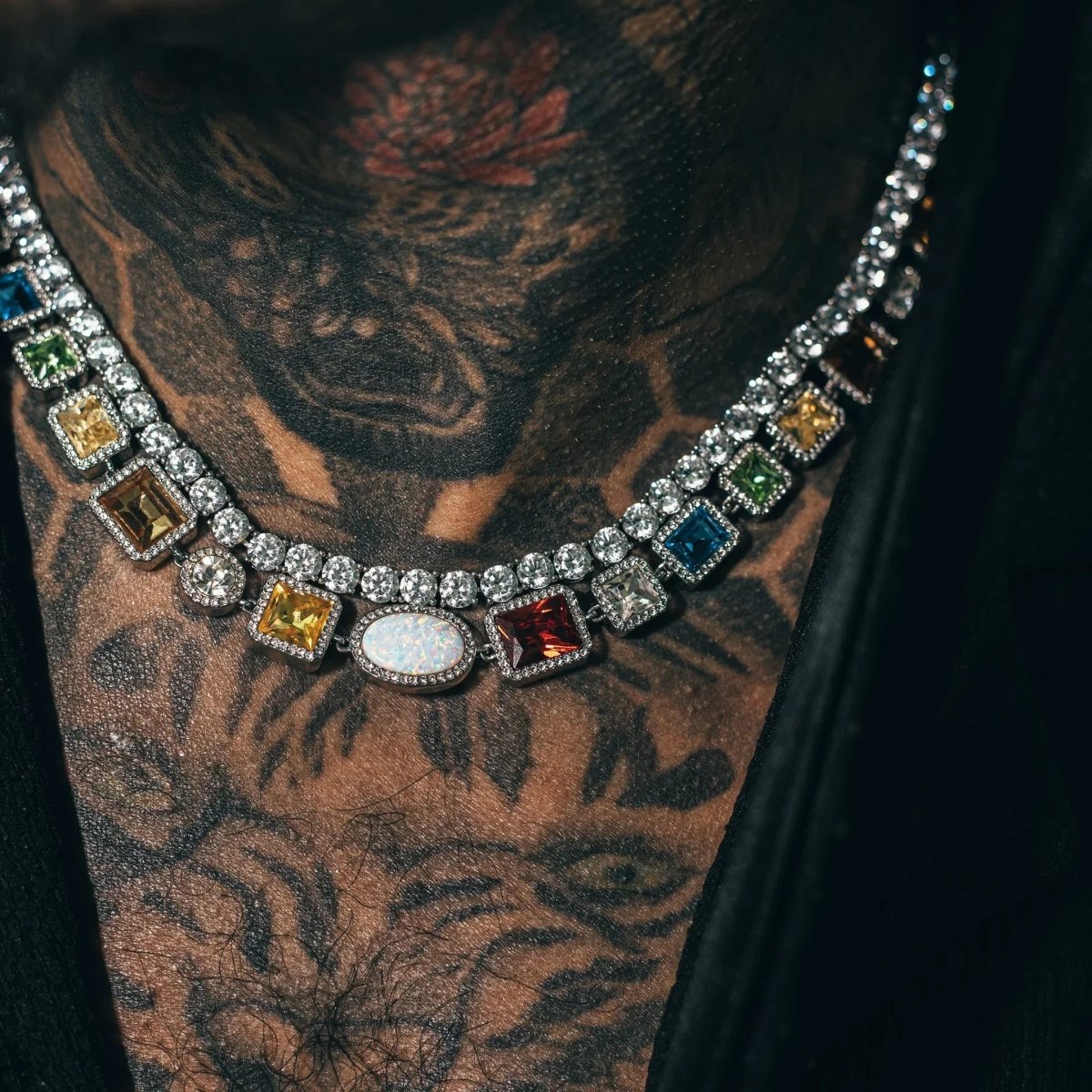
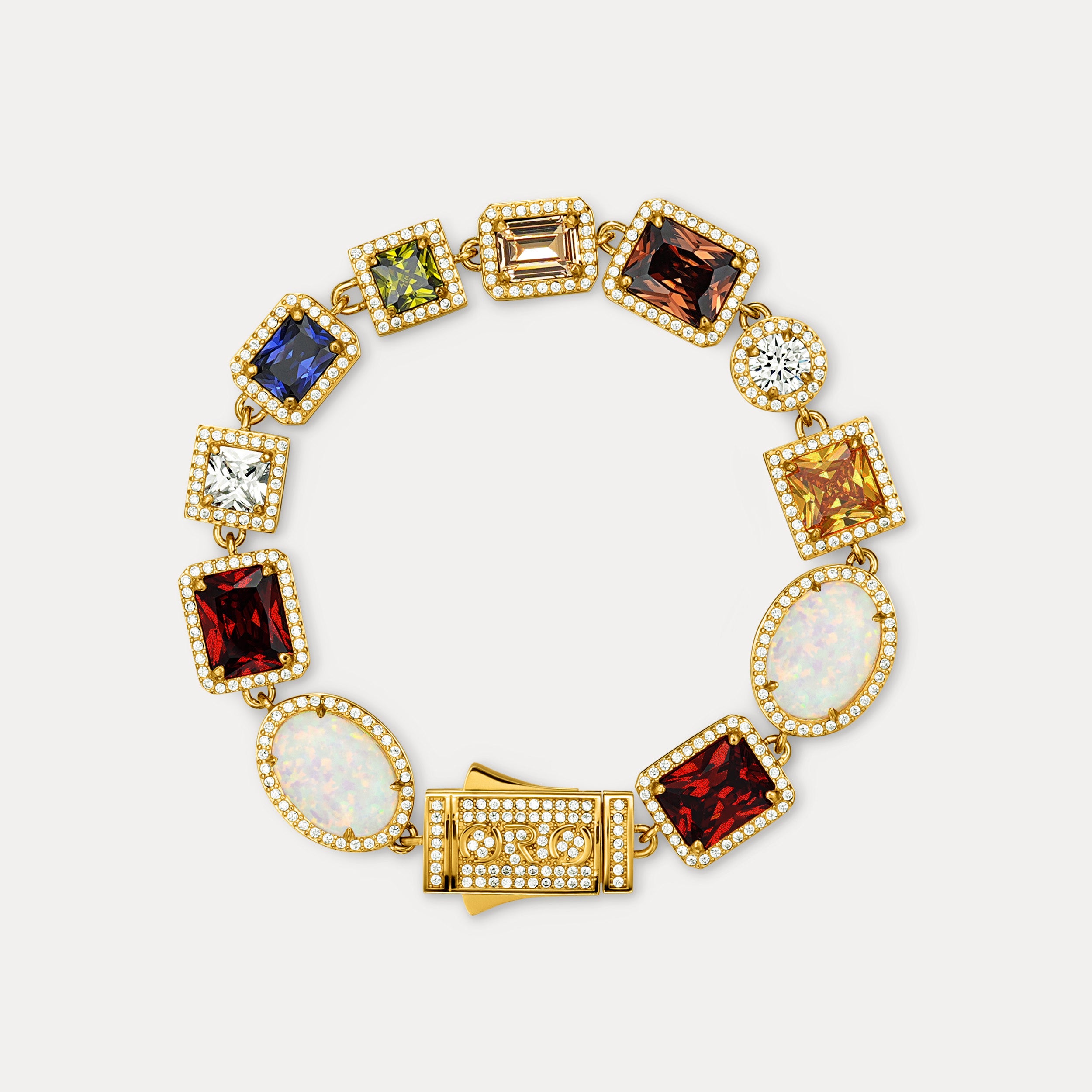

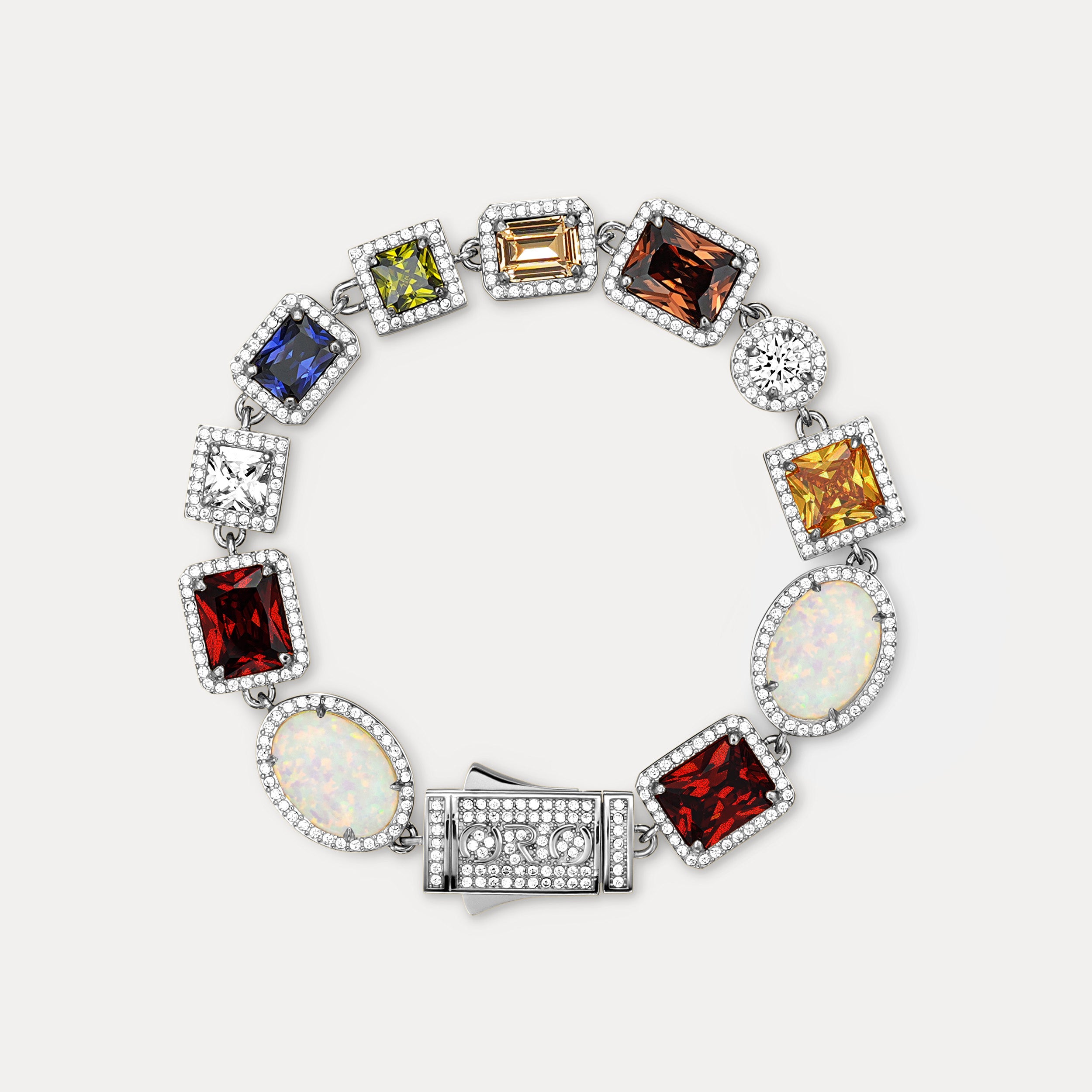

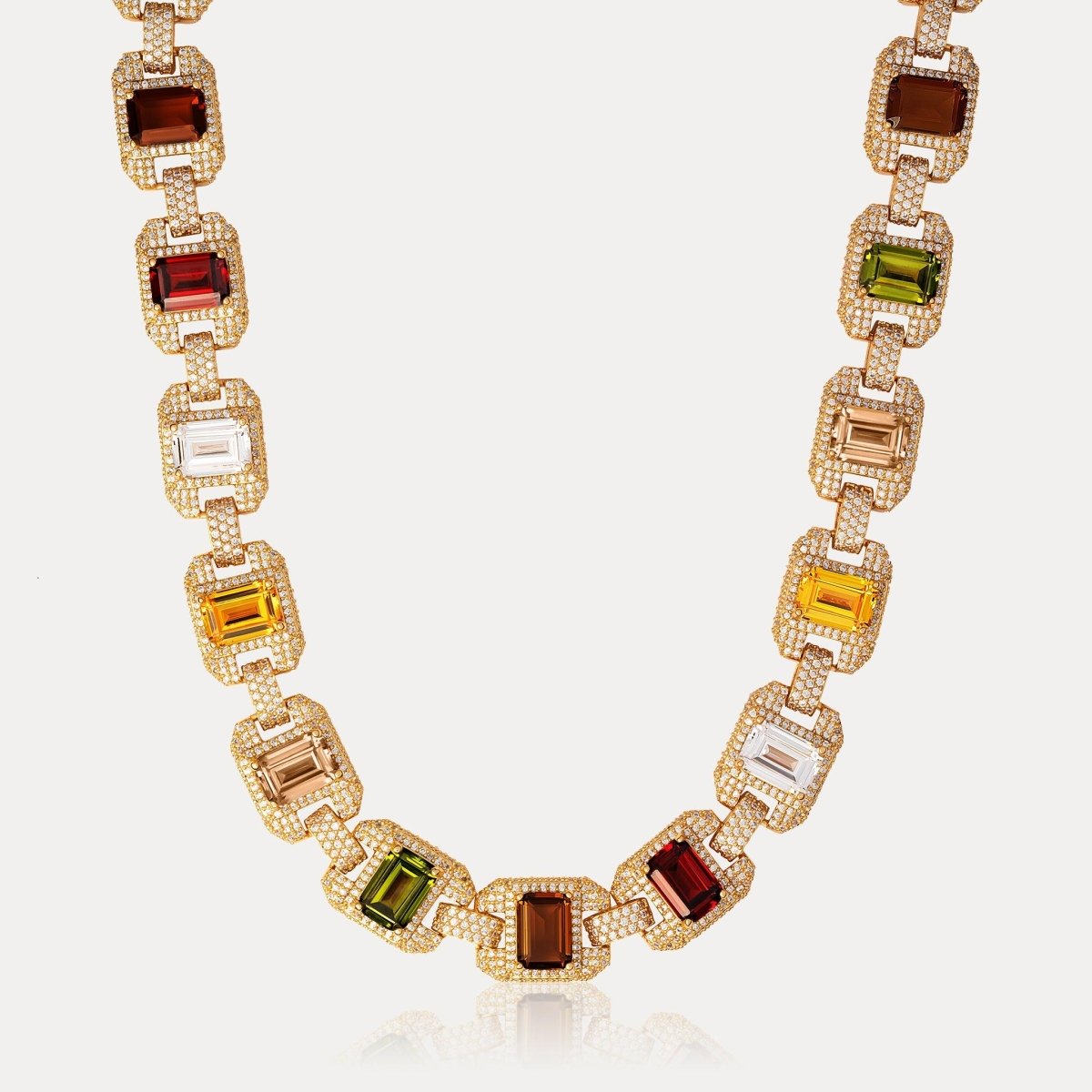



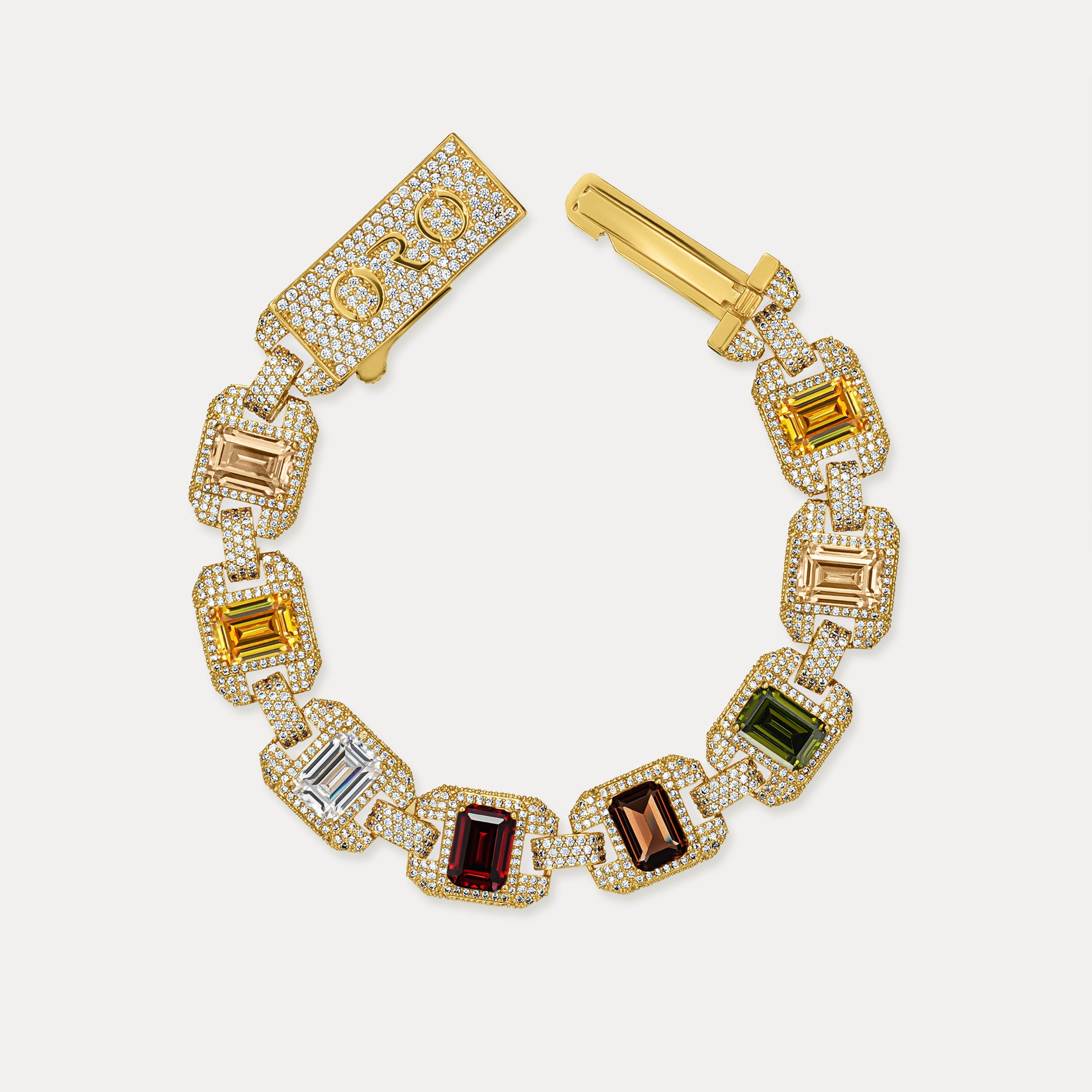

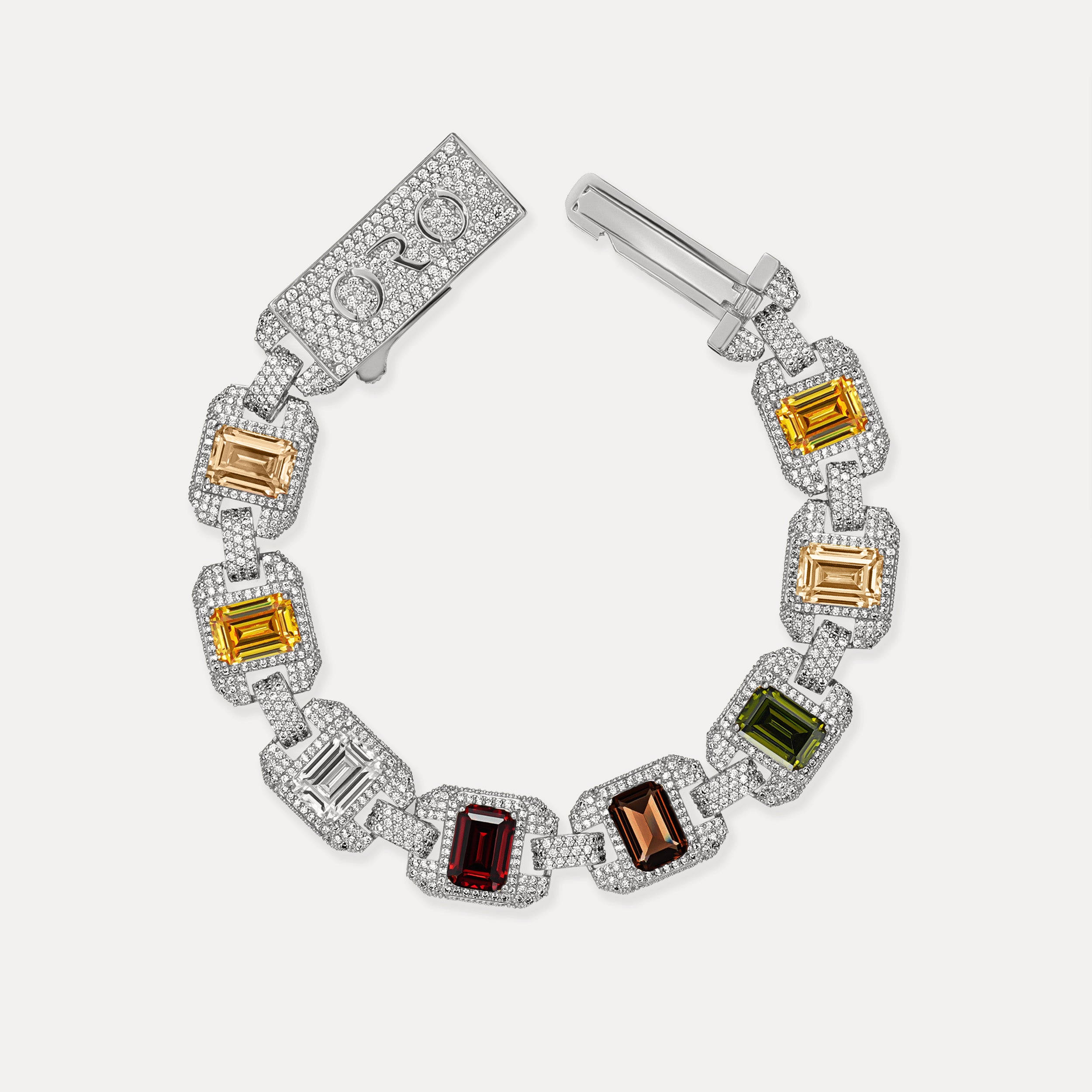

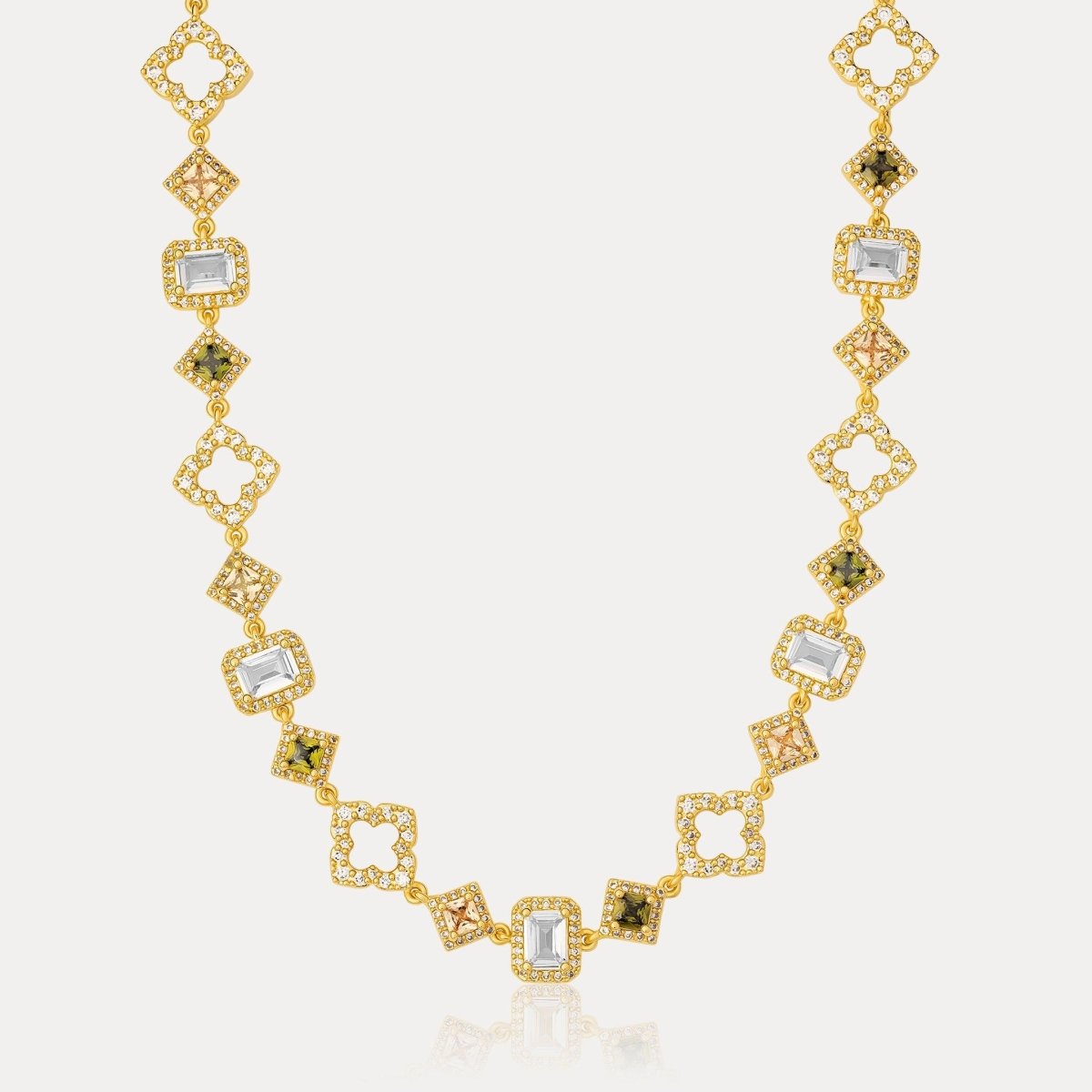
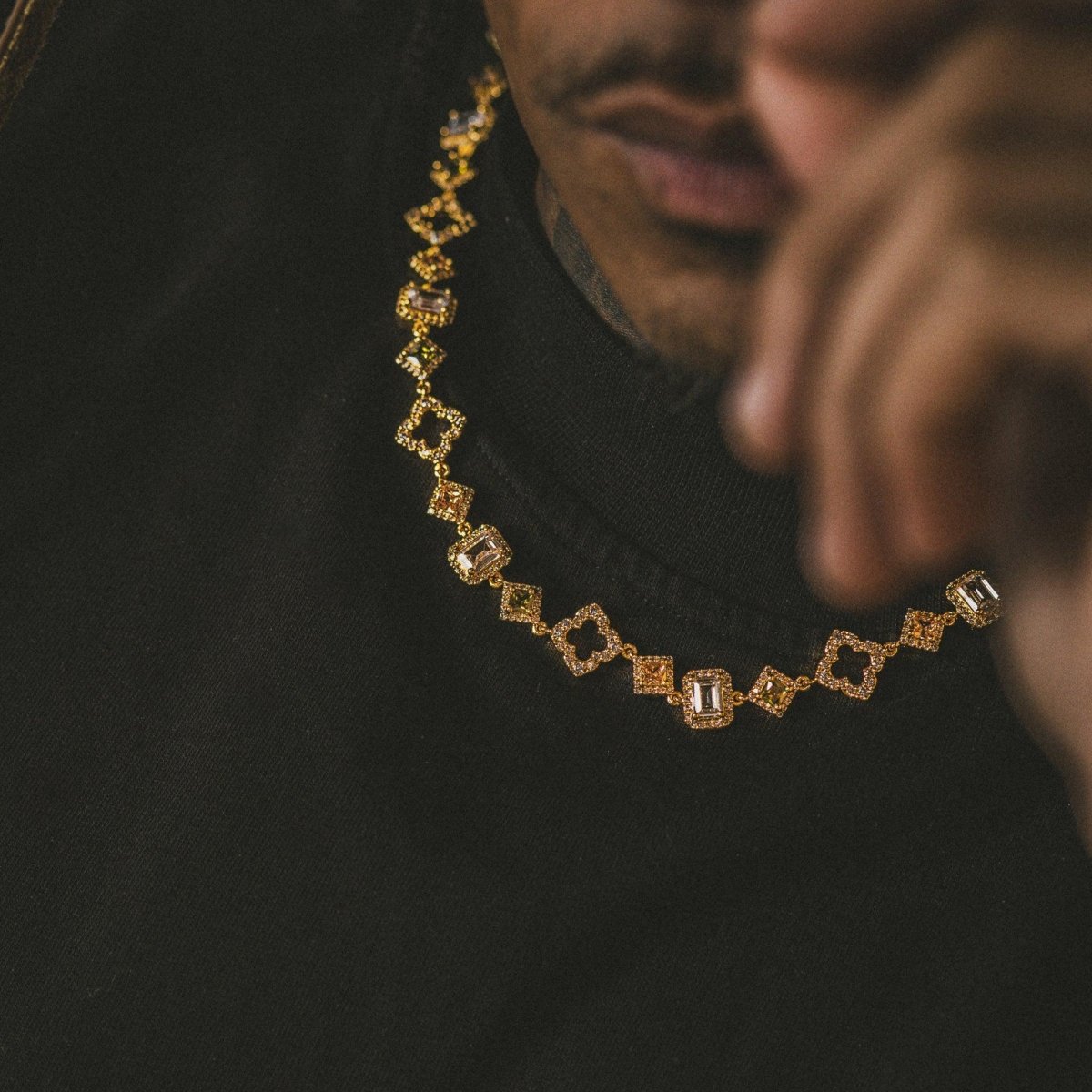
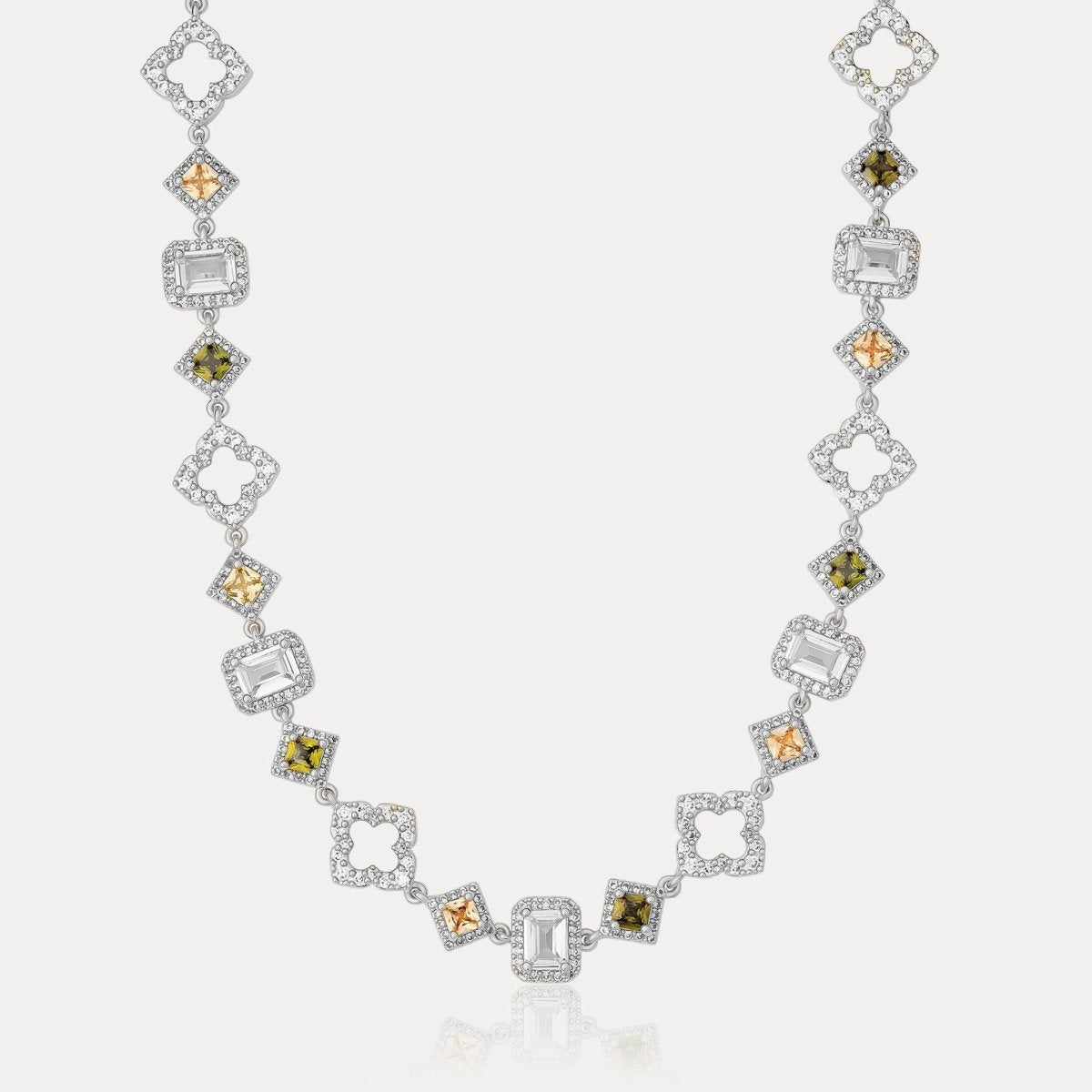

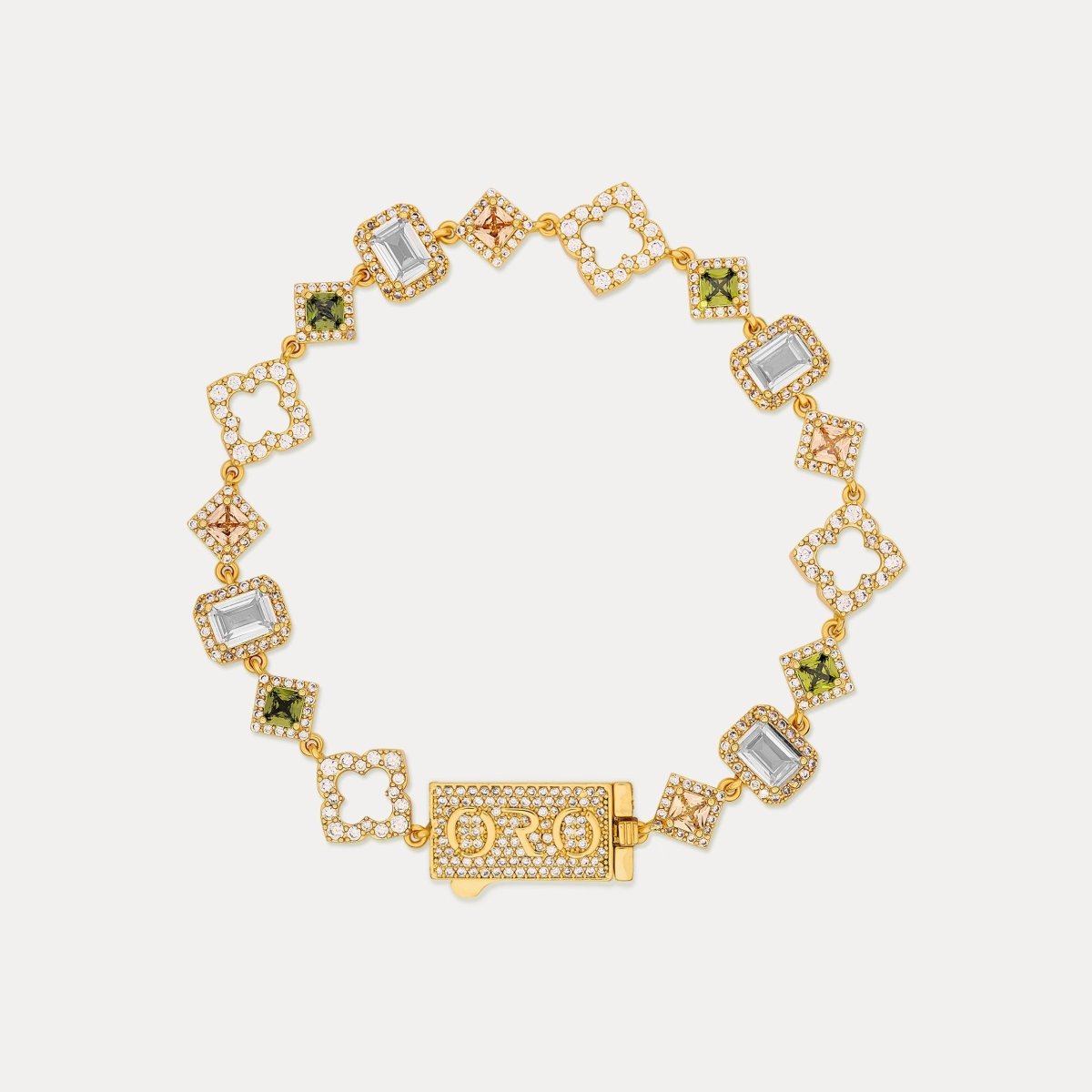
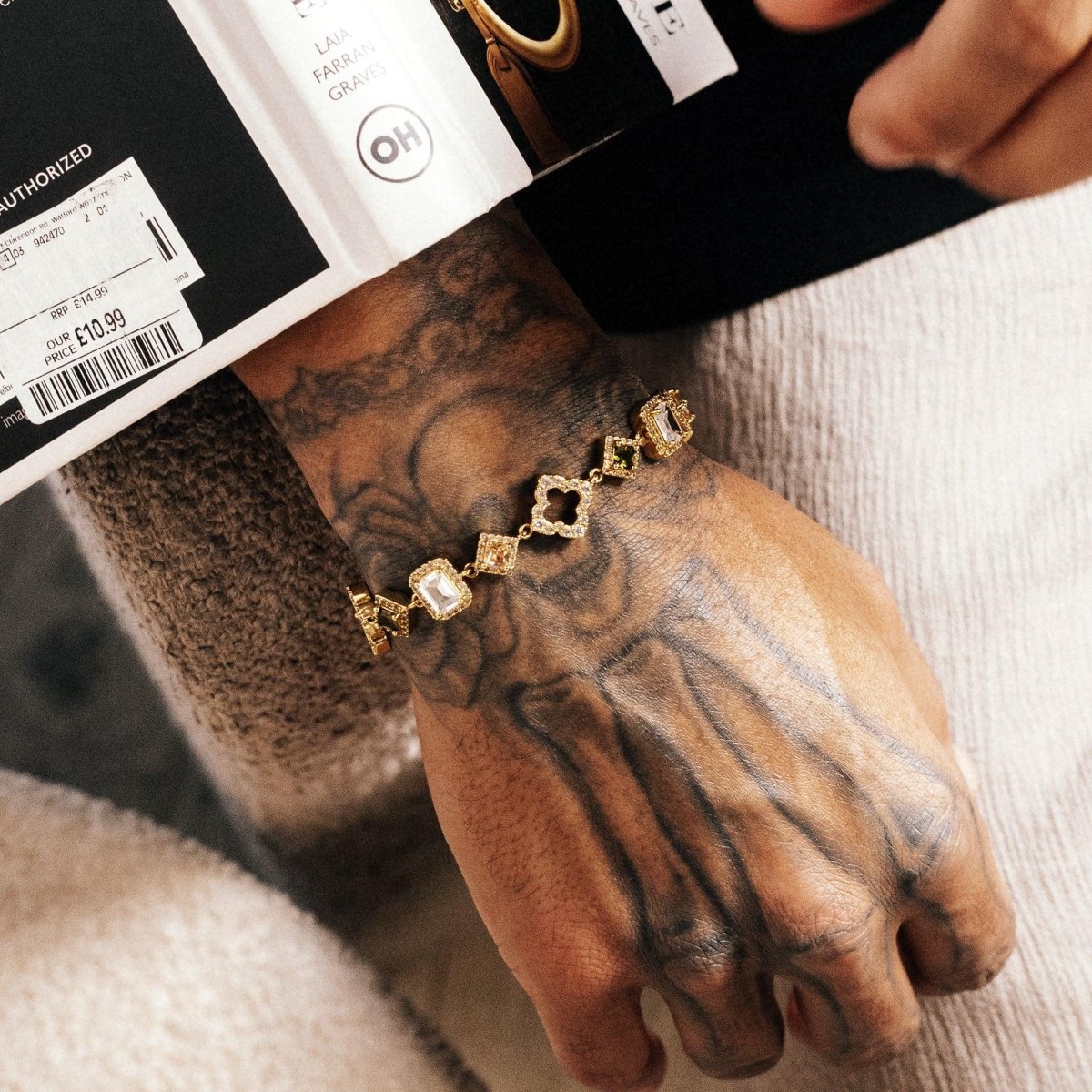

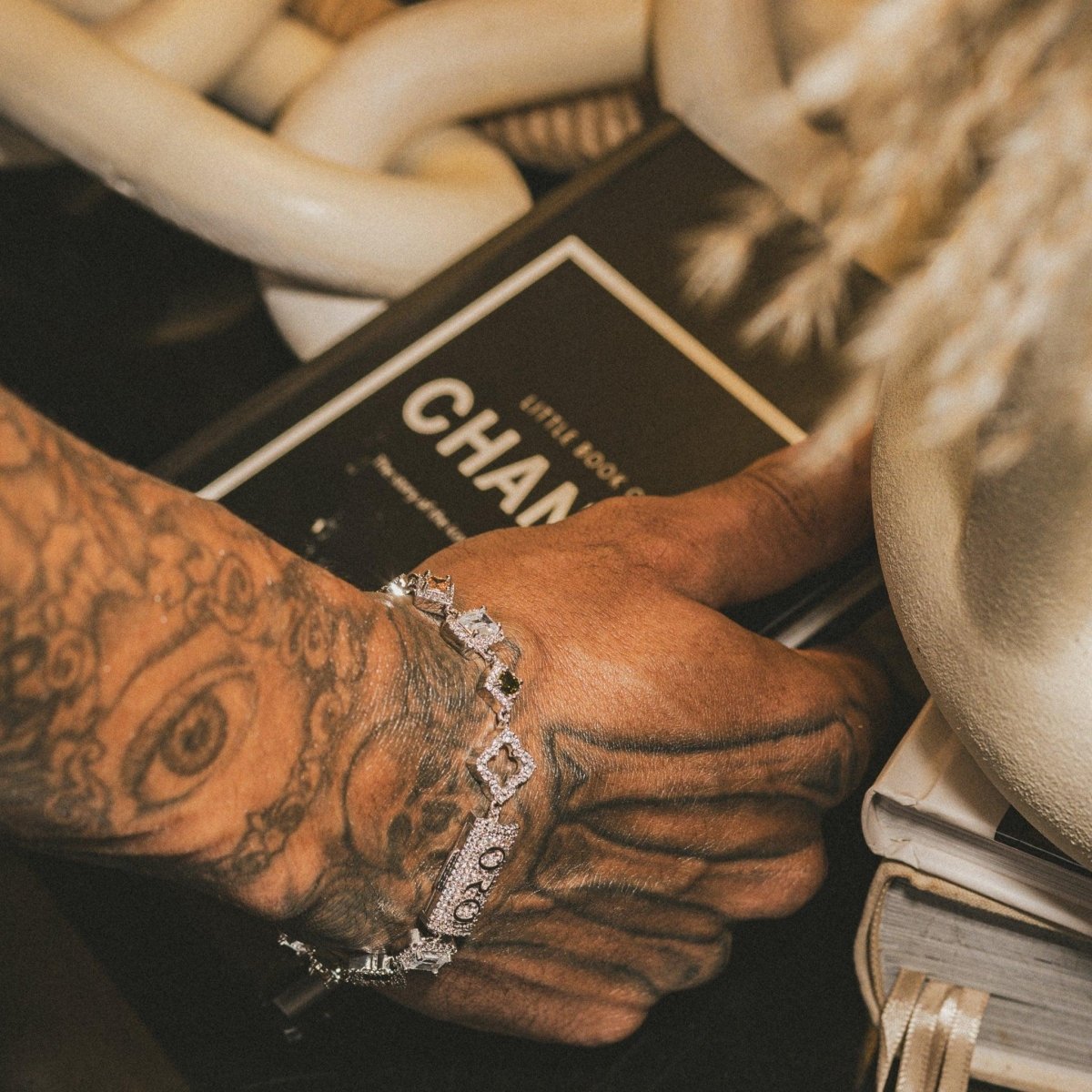
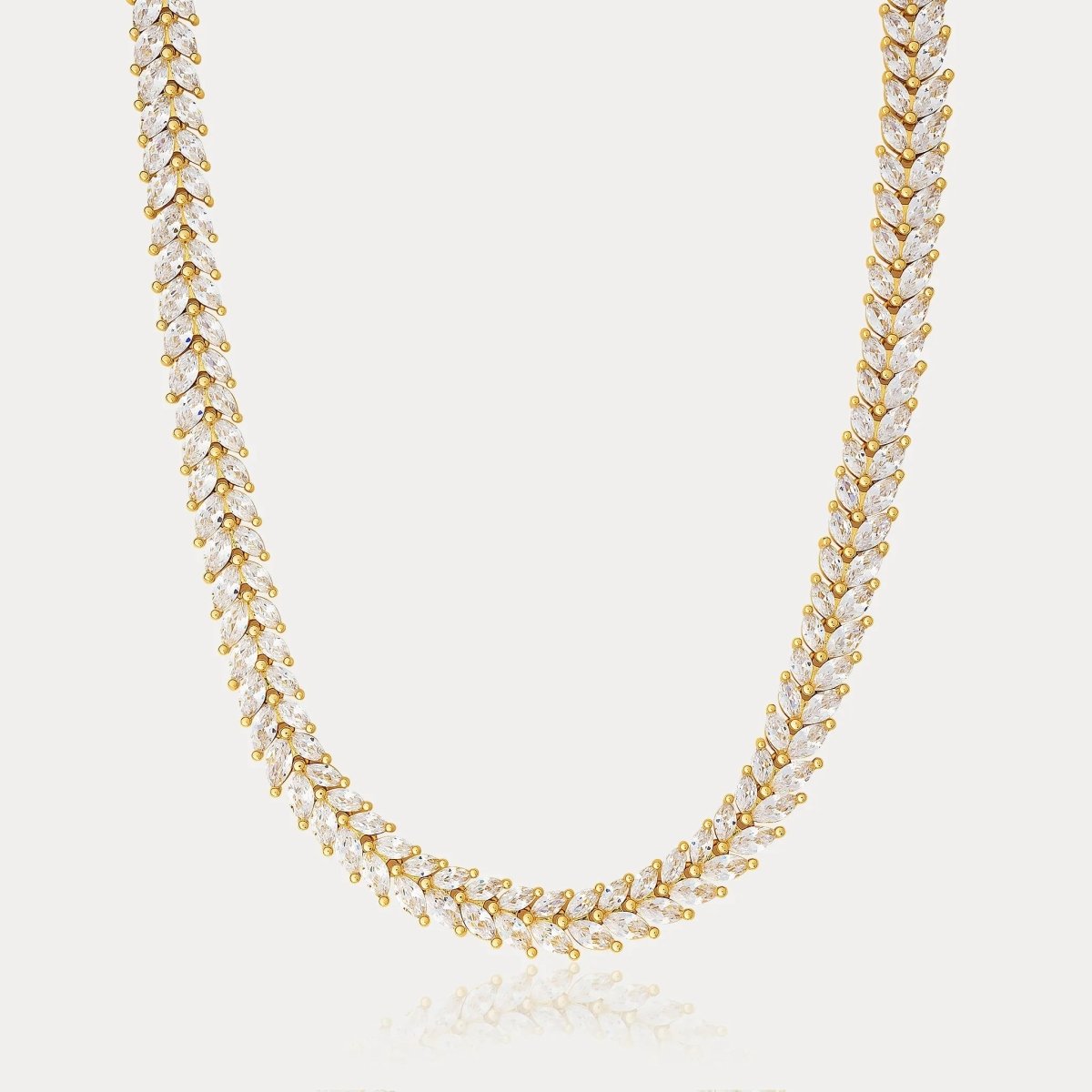
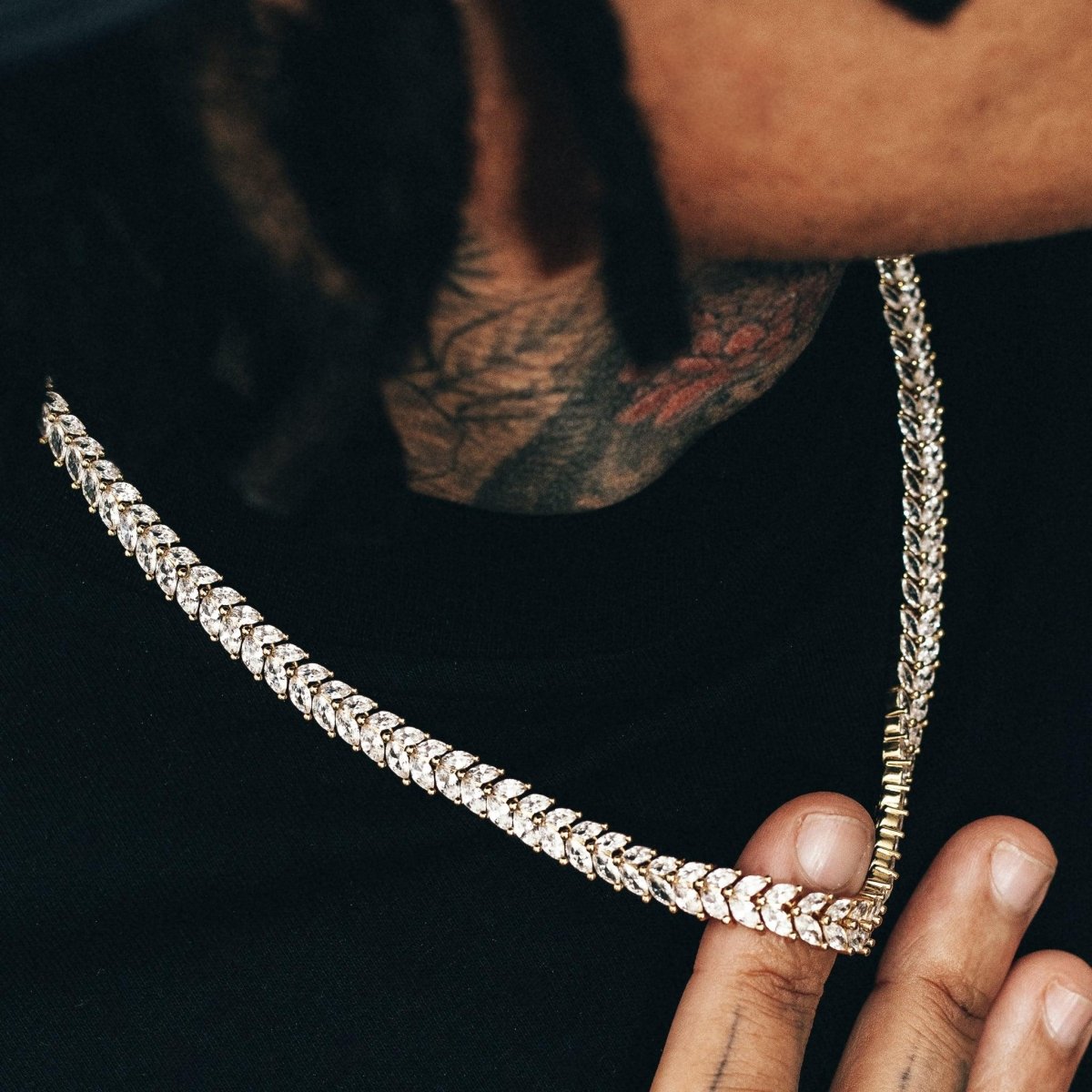
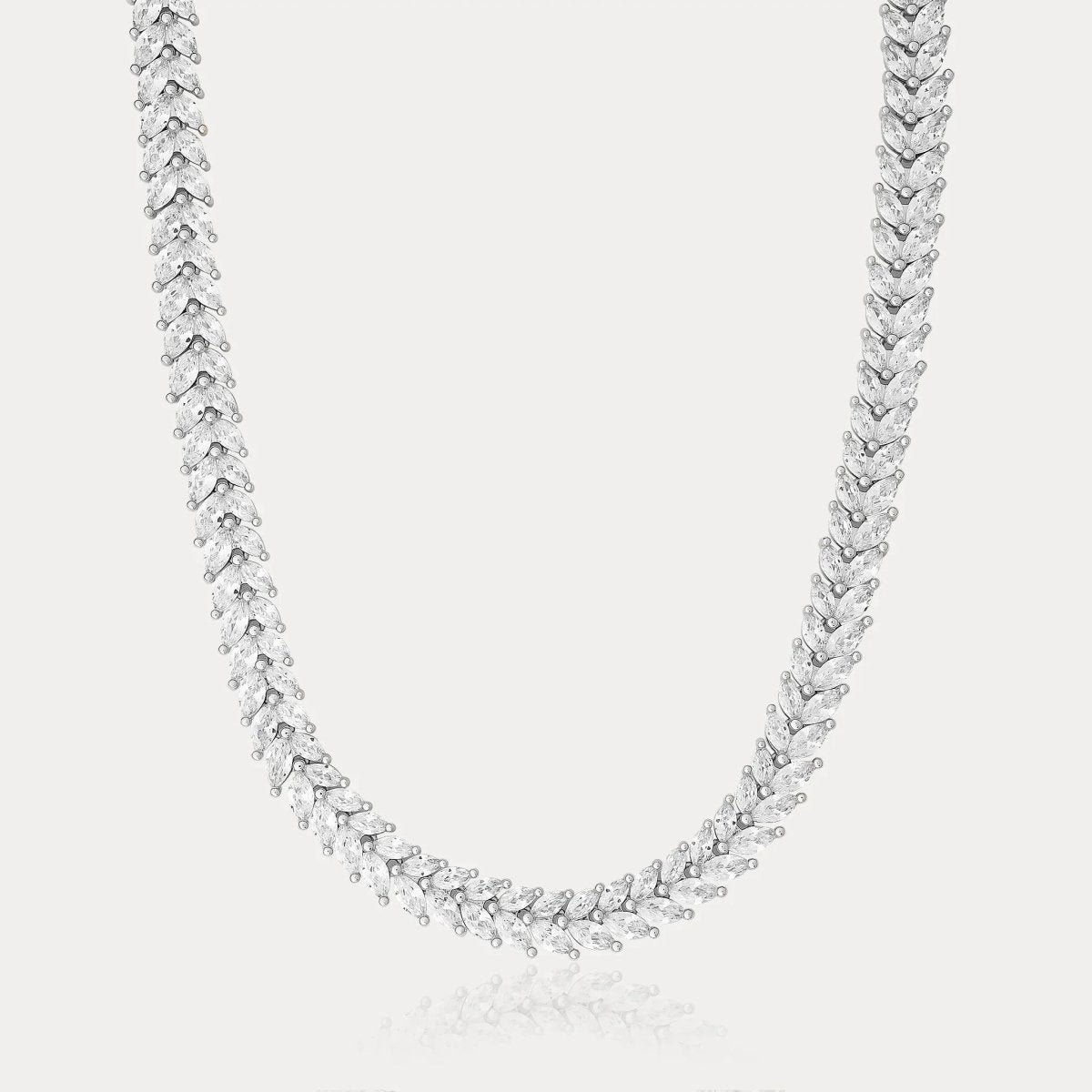

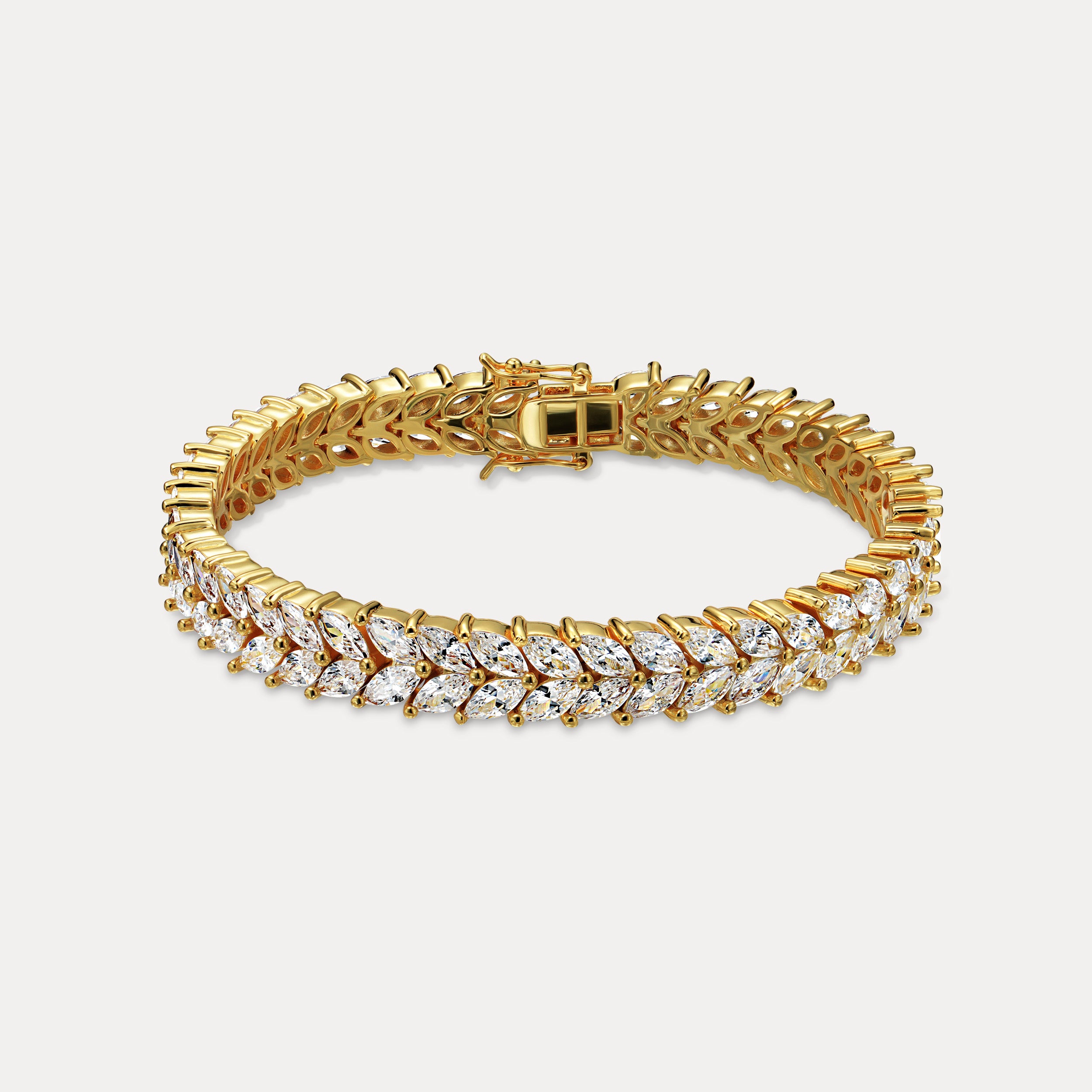

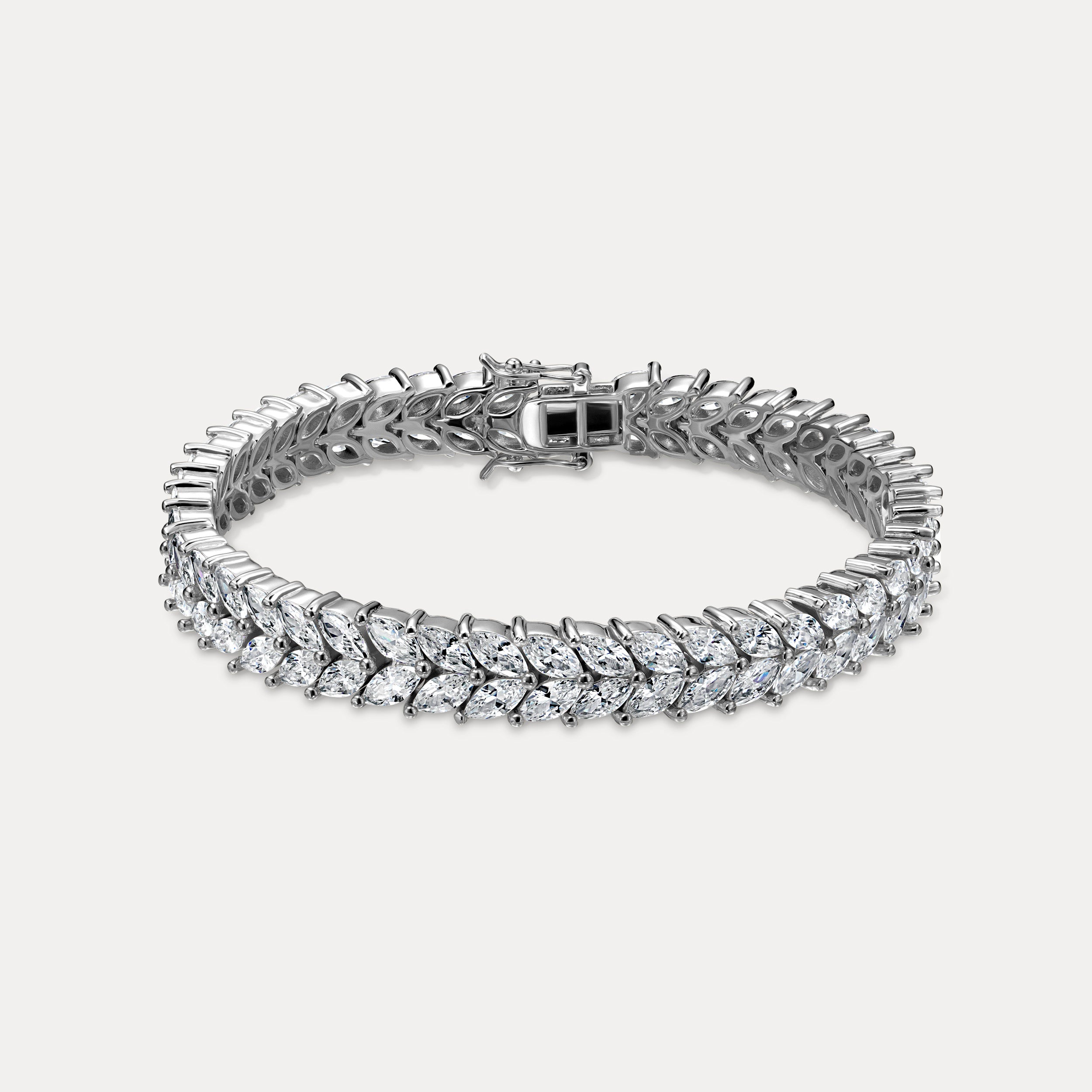

Leave a comment
This site is protected by hCaptcha and the hCaptcha Privacy Policy and Terms of Service apply.